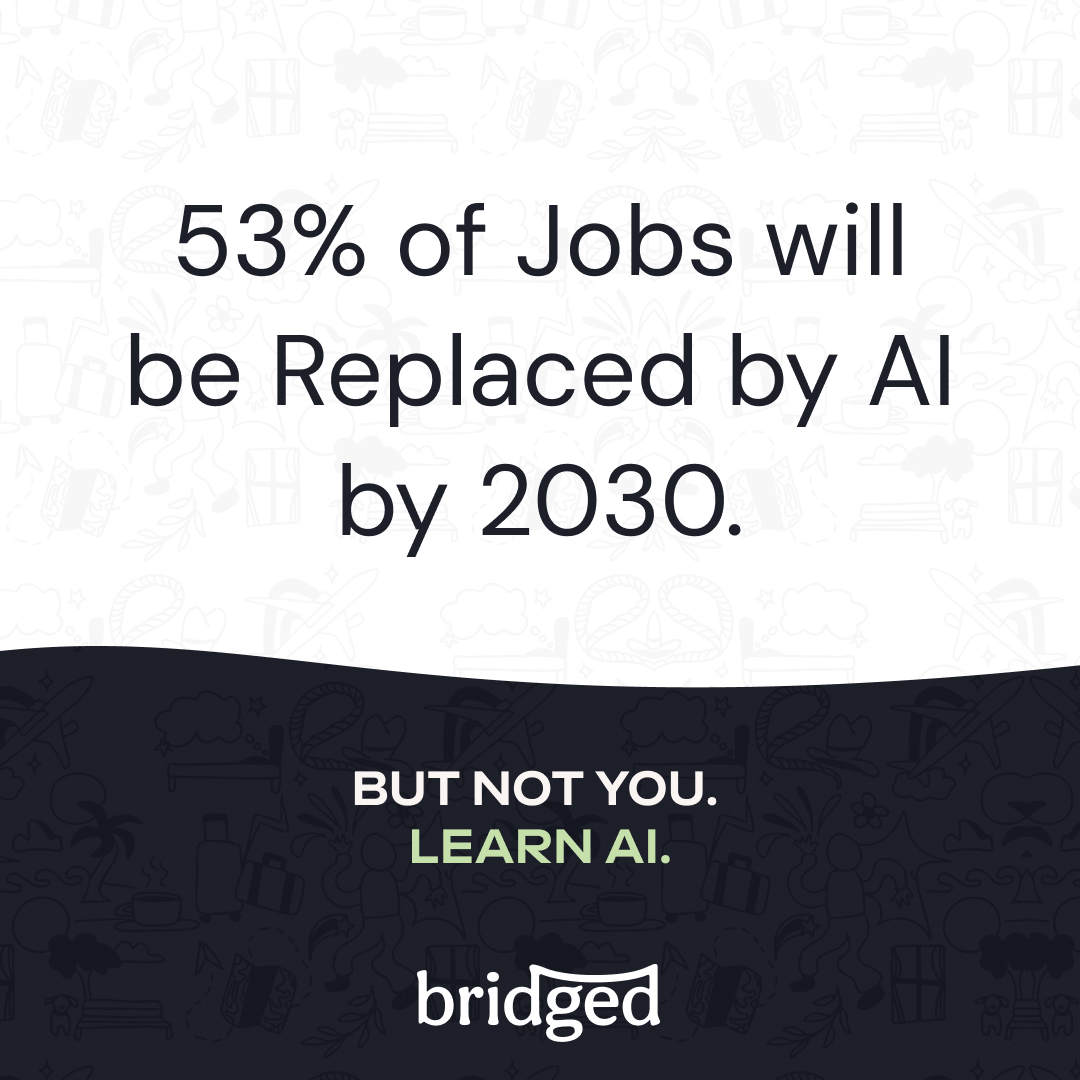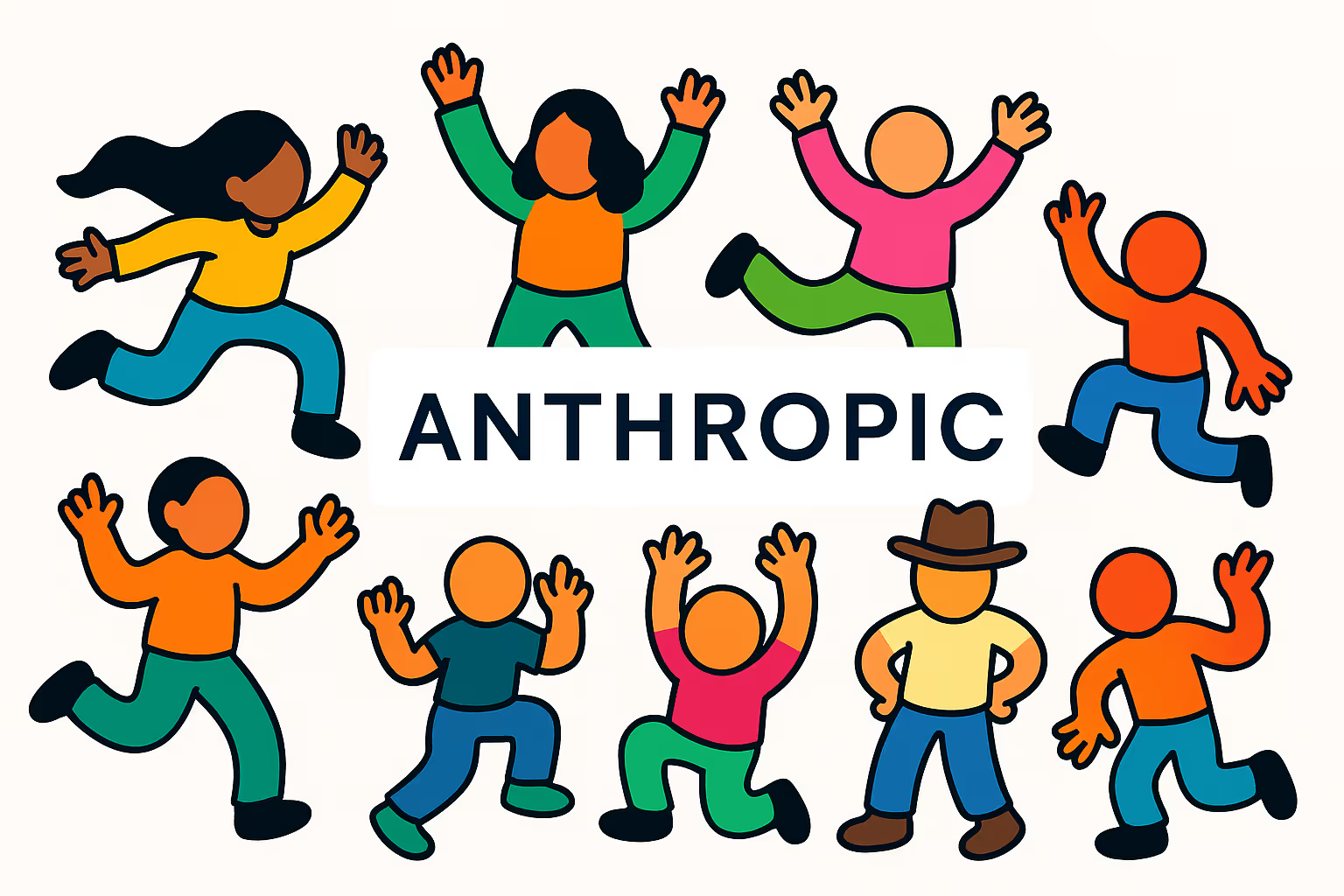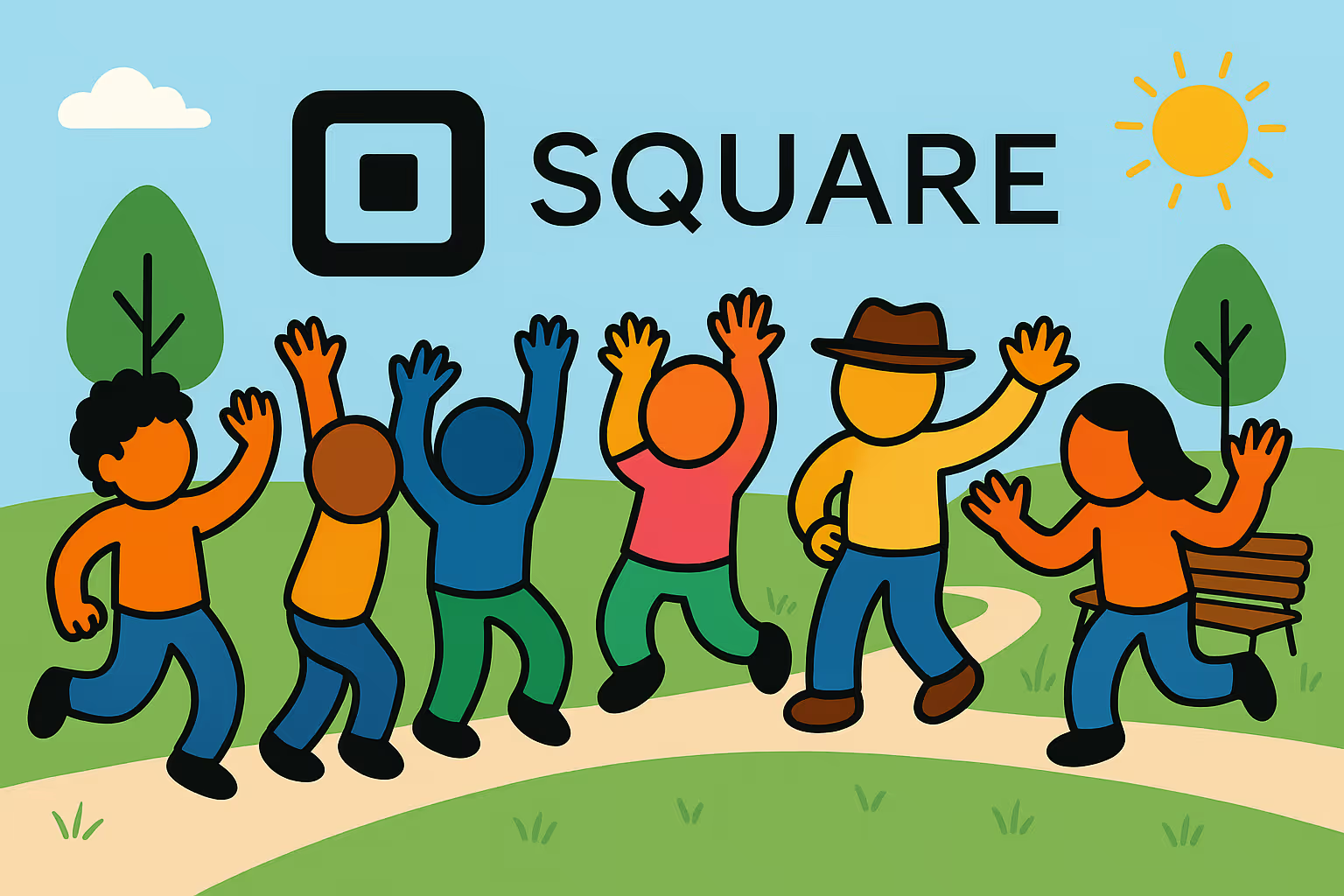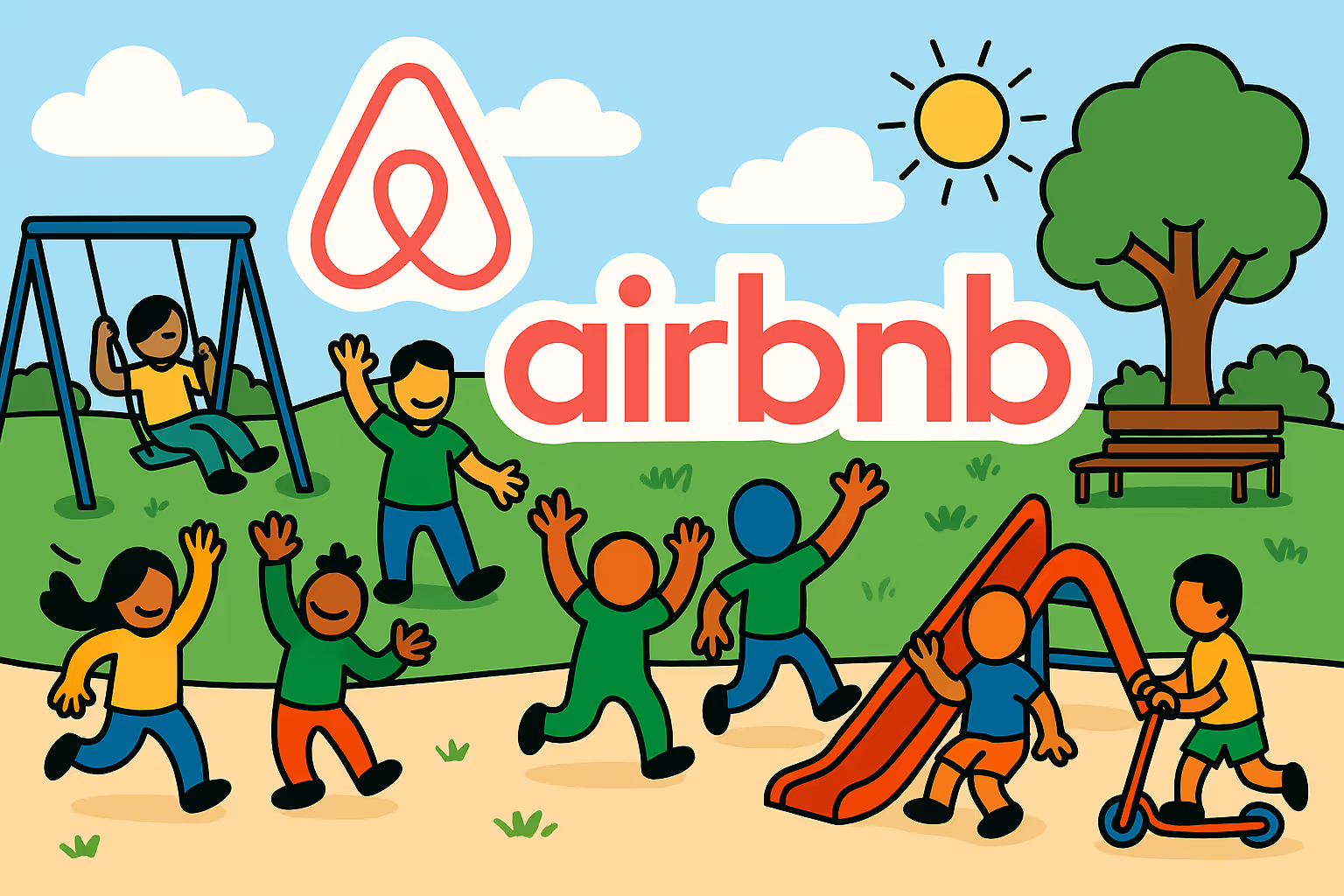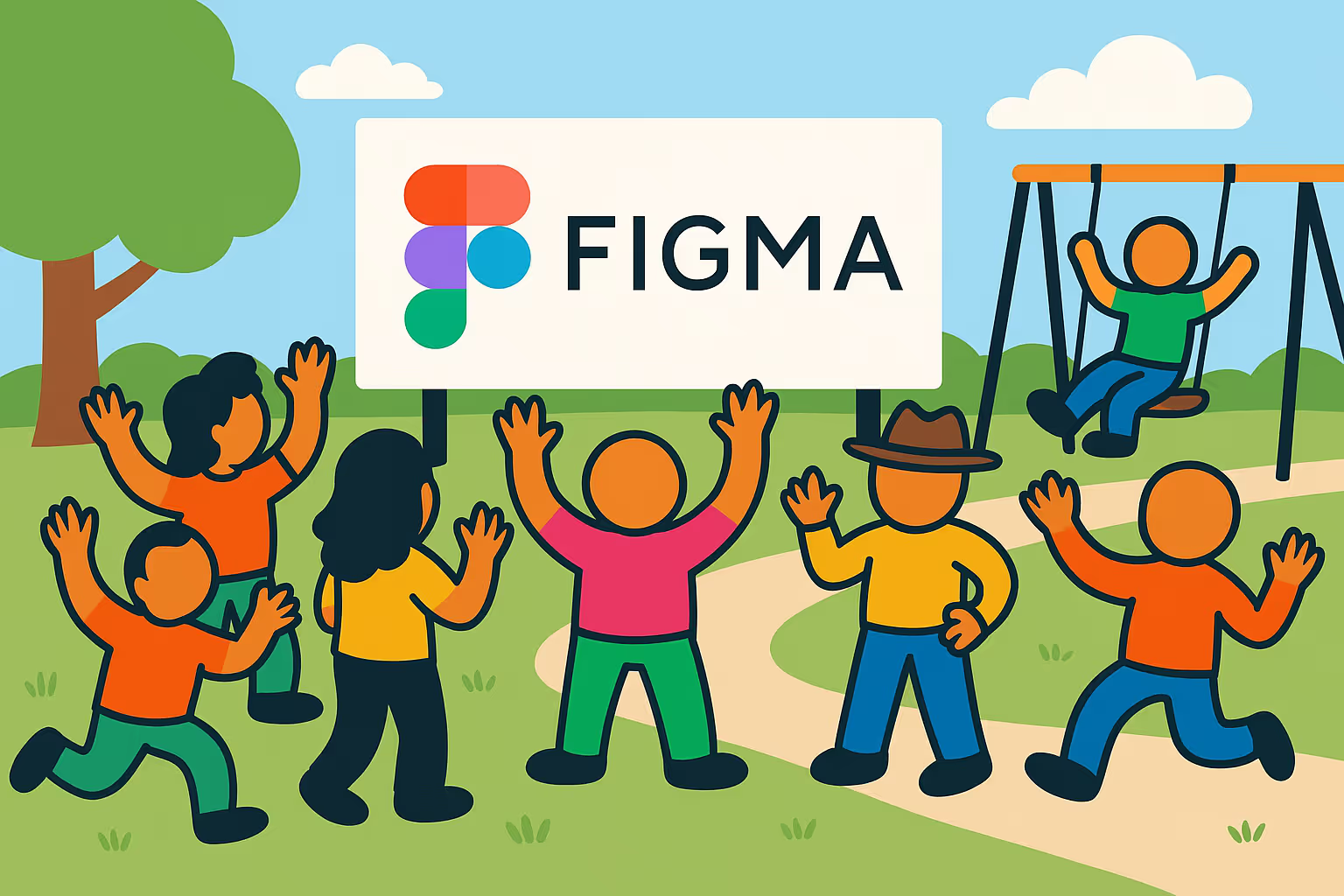How to Get a Job at OpenAI
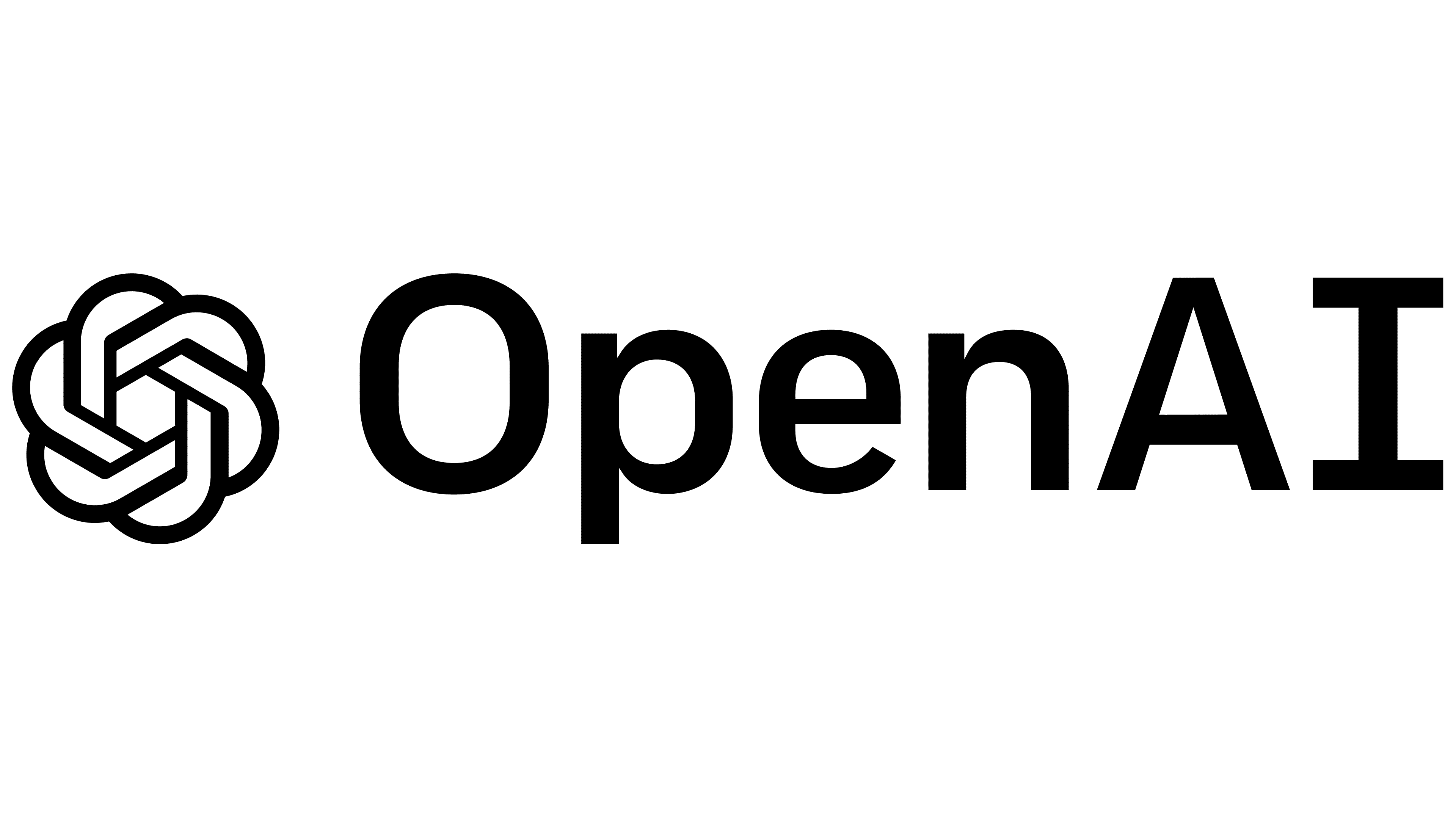
Founded: 2015
Headquarters: San Francisco, CA
Remote Work: Yes – hybrid preferred, some remote flexibility by team
Benefit Rating: 9.5/10
Entry Level Jobs: Yes – primarily in engineering, research, and residency tracks for exceptional early-career talent

OpenAI Overview
OpenAI Details & History
OpenAI is an artificial intelligence research and deployment company founded in 2015 by Elon Musk, Sam Altman, Greg Brockman, Ilya Sutskever, and others. Originally established as a non-profit with a mission to ensure that AGI (Artificial General Intelligence) benefits all of humanity, it transitioned to a “capped-profit” model in 2019 to attract funding while preserving its mission-driven focus.
Its flagship product, ChatGPT, launched in 2022 and became the fastest-growing consumer app in history. OpenAI also develops models like GPT-4, DALL·E, Whisper, and Codex, and licenses its technology through APIs and partnerships (notably with Microsoft, which invested over $10 billion).
Today, OpenAI plays a central role in shaping the future of AI—balancing breakthrough innovation with ongoing debates about AI safety, ethics, and governance.
OpenAI Office Locations
OpenAI is headquartered in San Francisco, California, specifically in the Mission District, with a sleek office designed for deep work and research collaboration.
As of now, OpenAI operates out of a single primary HQ—but has plans for further expansion to support hybrid flexibility and global reach. The company has made public statements about growing internationally and hiring globally, particularly for remote-friendly engineering and research roles.
OpenAI Primary Competitors
OpenAI leads the frontier in generative AI, but it's far from alone. Key competitors include:
- Anthropic – Founded by former OpenAI researchers; creator of Claude, focused on alignment and safety
- Google DeepMind – Google's premier AI research lab; works on Gemini, AlphaFold, and AGI-oriented projects
- Mistral AI – Rising European startup specializing in open-source language models
- Meta AI – Building LLaMA models and open-sourcing foundational tech
- Cohere – Enterprise-focused LLM provider competing on customization and privacy
- xAI – Elon Musk’s new venture aiming to rival OpenAI directly
While OpenAI has first-mover advantage in consumer AI and strong cloud integration via Azure, the competition is rapidly heating up across both open-source and commercial segments.
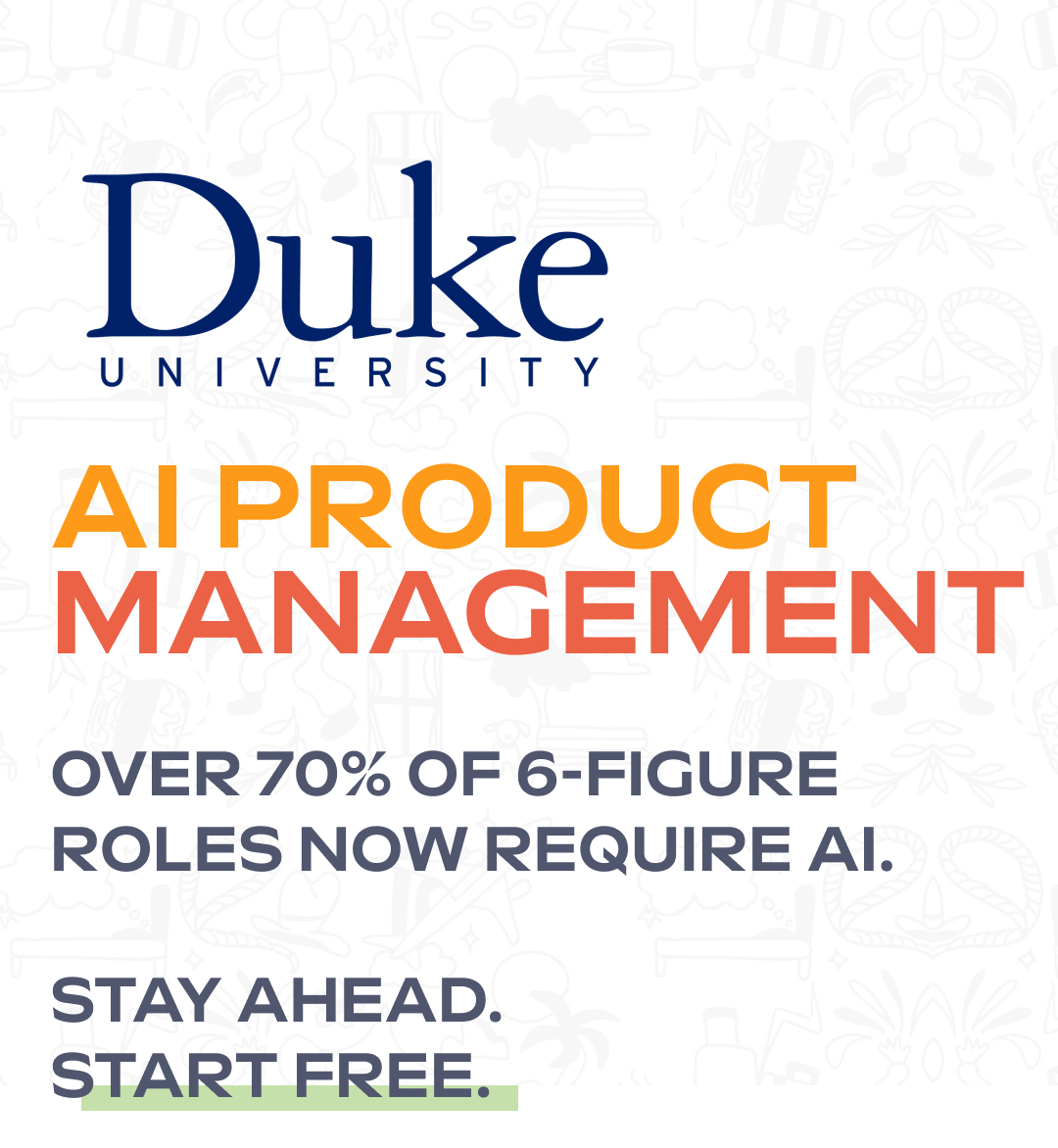
OpenAI Hiring Details
Top OpenAI Departments for Entry-Level Roles
OpenAI doesn’t offer a high volume of traditional entry-level roles, but they do hire early-career talent—particularly those with exceptional backgrounds or demonstrated potential. Top areas include:
- Engineering – Especially for candidates with experience in Python, ML research, infrastructure, or performance optimization
- Research – OpenAI Research roles are extremely competitive but occasionally open to junior researchers or research engineers with strong publications or elite academic backgrounds
- Policy & Safety – For candidates with backgrounds in ethics, public policy, philosophy, or tech governance
- Product & Operations – A few roles in go-to-market, trust & safety, and developer relations have been filled by early-career professionals with strong analytical or writing backgrounds
Bridged Note: Entry-level at OpenAI often means top of your field, not just newly graduated—expect to compete with PhDs, Olympiad winners, or startup veterans.
Diversity at OpenAI
OpenAI has made public commitments to equity, diversity, and inclusion, especially in the context of ethical AI. While they’ve acknowledged their diversity challenges in tech (especially gender and racial representation in technical roles), they’ve also taken some steps forward:
- Internal working groups focused on inclusion and AI safety
- Public stances on algorithmic fairness and bias mitigation
- Growing interest in diverse policy, humanities, and interdisciplinary hires
Still, like many cutting-edge AI labs, OpenAI skews heavily male and technically elite. Diversity definitely remains a work in progress.
Is remote work allowed at OpenAI?
Yes, with a fewcaveats. OpenAI supports hybrid flexibility but prefers many teams—especially in research, engineering, and leadership—to work onsite in San Francisco several days a week.
Remote roles do exist, especially for infrastructure engineers, developer advocates, and policy staff. But the default is in-person collaboration, particularly for sensitive or experimental work.
Is it hard to get a job with OpenAI?
Yes. Extremely. We'd work there if we could! OpenAI is one of the most competitive employers in the world right now. Here’s why:
- Small, selective team (~1,000 employees as of 2025)
- Recruiting from a global top 1% talent pool (ex-Olympiad winners, FAANG staff engineers, Stanford/CMU PhDs)
- High expectations around autonomy, rigor, and velocity
That said, OpenAI does hire rising stars—especially those who can demonstrate original thinking, real-world ML work, or a strong alignment with OpenAI’s mission.
Does OpenAI have good benefits?
Yes—OpenAI is known for offering outstanding compensation and benefits, including:
- Top-tier salaries + equity – Total comp often exceeds $300K+ even for early-career hires
- Unlimited PTO & flexible hours
- 100% health, dental, and vision coverage for employees and dependents
- 20-week parental leave
- Annual learning & wellness stipends
- Office meals, mental health support, and ergonomic setups
Their benefits reflect a premium-tier package, often rivaling or even exceeding top firms like Meta, Stripe, and DeepMind.
OpenAI Interview Process
Who is OpenAI looking to hire?
OpenAI looks for exceptional, impact-driven people who want to shape the future of artificial intelligence. While technical ability is a must for most roles, they also seek strong communicators and mission-aligned thinkers.
They're especially interested in candidates who are:
- Top-tier engineers and researchers with backgrounds in ML, distributed systems, reinforcement learning, or large-scale infrastructure
- Builders and generalists who thrive in ambiguity and move fast with autonomy
- Policy and ethics experts who can think deeply about AI alignment, safety, and governance
- Developer experience and GTM leaders who can help scale OpenAI’s API and ecosystem products
- Creative and product-focused minds interested in how AI changes consumer behavior
Bridged Note: While OpenAI does sometimes hire early-career talent, it's rare. They usually look for those who’ve demonstrated excellence—think research papers, published open-source work, or elite internships.
OpenAI Values
OpenAI operates with a unique set of values that reflect both its tech optimism and its sense of existential responsibility:
- AGI for the benefit of humanity – All work should advance AI that’s broadly beneficial
- Iterative deployment – Build and release AI systems carefully and gradually, learning from real-world feedback
- Cooperation over competition – OpenAI often partners (even with competitors) to ensure safe progress
- Long-term safety – A strong emphasis on alignment, controllability, and avoiding catastrophic risks
- Courage + humility – Employees are expected to challenge assumptions, learn fast, and course-correct when needed
OpenAI’s values are deeply embedded in its product strategy, research priorities, and hiring decisions.
OpenAI Interview Process
OpenAI’s hiring process is rigorous, fast-moving, and customized by role, but most candidates can expect:
Engineering & Research Roles:
- Round 1: Recruiter screen
- Round 2: Technical screen (coding, ML modeling, or systems depending on the role)
- Round 3: Deep technical interviews (typically 2–4 rounds)
- Round 4: Final panel – may include product/mission alignment, manager interviews, or collaboration test
Non-Technical Roles:
- Round 1: Recruiter screen
- Round 2: Hiring manager interview
- Round 3: Functional interview(s) – e.g., case studies, writing tests, or cross-functional panel
- Round 4: Culture/values alignment or founder loop
Bridged Tip: OpenAI expects candidates to be mission-aligned, fast learners, and independent thinkers. Interview questions are often open-ended to test for reasoning and originality—not just credentials.
OpenAI Internships & APMs
OpenAI Internship Program
OpenAI offers highly selective internships in:
- Research – Interns contribute to real publications and model development
- Engineering – Full-stack, infrastructure, and model-serving teams
- Policy / Safety – Internships in AI governance, alignment, and societal impact
- Design & Developer Experience – Rare, but emerging as OpenAI builds consumer and API-facing tools
Internships typically run during the summer (10–12 weeks), are paid extremely well, and take place on-site in San Francisco (or hybrid, depending on the team). You can check their careers page for listings, but we couldn't find any student-centric pages.
Bridged Tip: The bar for interns is high. Most successful applicants have prior research experience, top-tier portfolios, or contributions to open-source/academic work.
OpenAI MBA Program
OpenAI does not have a formal MBA program, but does occasionally hire MBAs or business generalists into roles like:
- Go-To-Market & Partnerships – Especially around the OpenAI API or enterprise deals
- Strategy & BizOps – Supporting cross-functional planning, pricing, or expansion
- Product Operations – Helping scale user feedback loops or support infrastructure
That said, MBAs must bring more than a degree—OpenAI prioritizes execution ability, technical literacy, and ownership. A background in startups, technical consulting, or GTM strategy helps more than a traditional MBA resume alone.
OpenAI Residency Program
The OpenAI Residency is a 6-month, full-time program designed to help exceptional professionals pivot into AI and machine learning—no PhD required. It's ideal for software engineers, research scientists, or other domain experts who are strong in coding, math, or systems thinking but lack formal ML experience.
Residents are paired with OpenAI mentors and embedded directly into teams working on real-world AI problems. You’ll receive personalized training, collaborate with top-tier researchers, and gain hands-on experience in areas like reinforcement learning, alignment, infrastructure, or applied AI.
Past residents have transitioned into full-time roles on teams building models like ChatGPT, DALL·E, and Codex.
Learn more at: openai.com/residency
How You Can Work for OpenAI
OpenAI is one of the most competitive companies in the world right now—but that doesn’t mean it’s out of reach. We’ve broken down the process into 5 key steps. The biggest lever? Getting the right kind of experience. Read on for our recommendations.
Identify Your Target Role
Start by identifying a role that aligns with both your skills and long-term goals. OpenAI hires across engineering, research, policy, developer experience, and business functions—but many of these are not traditional entry-level jobs.
For example, if your goal is to be a Research Scientist at OpenAI, you may need a few years of ML research, open-source contributions, or even academic publications before you’re considered competitive. That doesn’t mean you shouldn’t aim high—it means you’ll want to build toward that role with intention.
Not sure where to start? Check out our Best Entry-Level Tech Jobs to find accessible stepping stones.
Explore Ways to Get Experience
OpenAI is looking for proof of excellence, not just credentials. That means the best path in often starts outside of OpenAI—building a track record through side projects, open-source work, or roles at earlier-stage companies.
Here are a few experience pathways that resonate with OpenAI hiring managers:
- Completing deep technical projects on platforms like Coursera, Fast.ai, or MIT OCW
- Contributing to open-source ML tools or alignment research communities
- Participating in AI safety forums, research writing, or model eval hackathons
- Working at a smaller AI startup, research lab, or high-caliber engineering org
Bootcamps and certificates can help signal interest, but OpenAI wants to see how you’ve applied what you’ve learned. Think: GitHub commits, launchable tools, research papers, or real-world impact.
Use Jobscan to Optimize Your Resume
Even at OpenAI, you’re still subject to applicant tracking systems (ATS)—especially in non-technical or hybrid roles. That means your resume needs to reflect the exact phrasing of the job description to make it past screening software.
Use a tool like Jobscan to benchmark your resume and optimize it against the specific OpenAI role. A few reminders:
- Match job titles exactly: “Research Engineer” ≠ “ML Developer”
- Be specific with skills (e.g., “PyTorch,” not just “ML frameworks”)
- Skip fancy formatting that might confuse parsing tools
Even a stellar candidate can slip through the cracks if the resume doesn’t scan well.
Use Linkedin Premium to Find and Reach out to OpenAI Employees & Recruiters
Networking is critical, especially when you’re aiming for a selective, low-headcount company like OpenAI.
With LinkedIn Premium, you can:
- Search for OpenAI employees in your target team
- Reach out to past interns or residents who made the leap
- DM recruiters or technical leads with thoughtful messages
When reaching out, be human and precise. Reference OpenAI’s mission to ensure AGI benefits all of humanity. Briefly highlight your background, what you’ve built or contributed to, and why you’re aligned with the work. Keep it short, warm, and curious—and be open to feedback.
And Finally: Be Patient
OpenAI’s hiring bar is sky-high—and they know it. Many of their full-time staff spent years building skills elsewhere before applying. If it doesn’t happen right away, don’t let it discourage you.
Keep growing. Keep shipping. Keep learning. You don’t need to rush to get to OpenAI—the best path is the one where you build a unique foundation, and show up ready when the time comes.
You've got this.
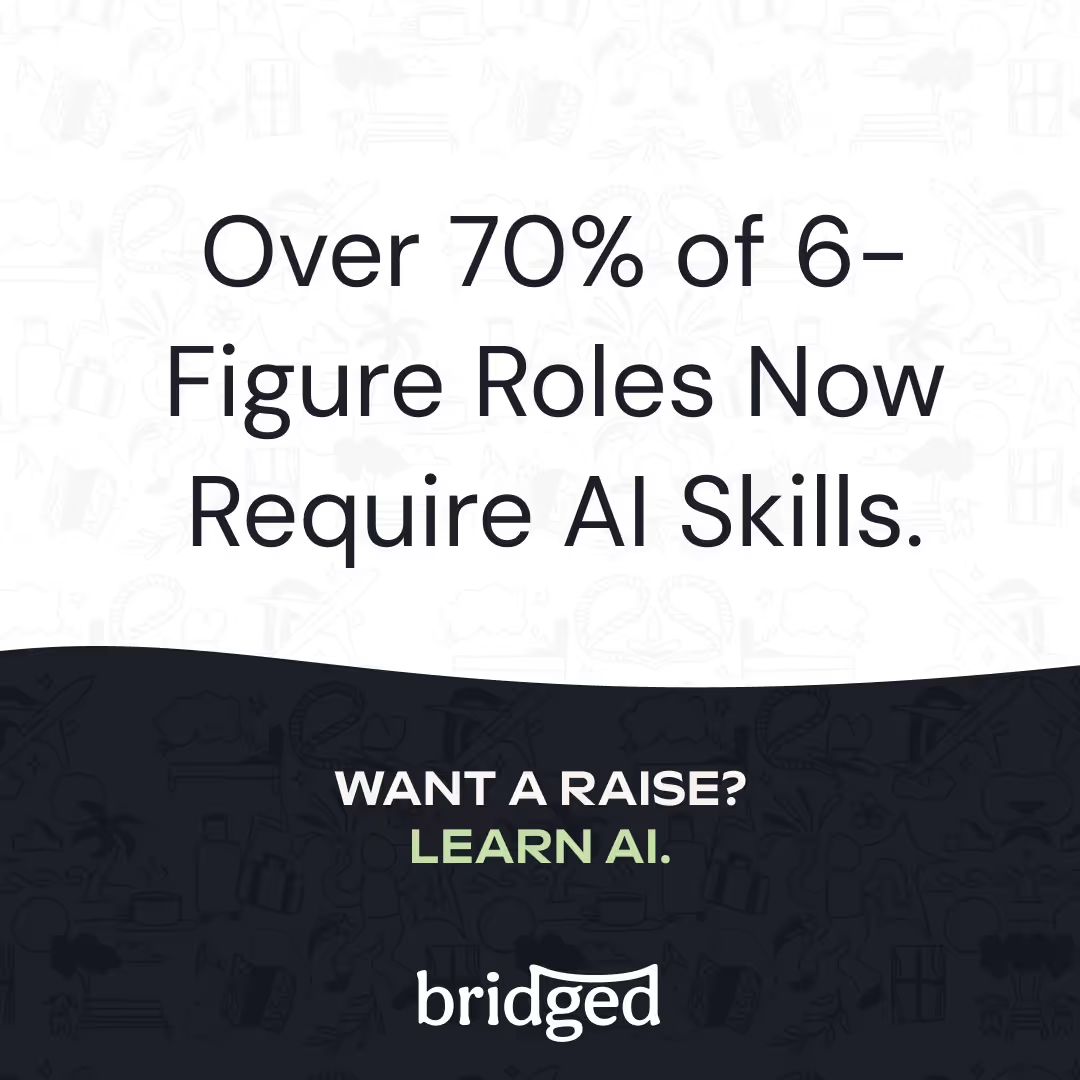
Conclusion
Final Take: Is OpenAI the Right Fit for You?
OpenAI is one of the most ambitious, high-stakes companies in the world right now—and working there means joining the front lines of AI history. If you're driven by purpose, obsessed with impact, and comfortable building in the unknown, OpenAI could be the most meaningful career move you make.
But the bar is high. Getting hired often takes years of experience, deep technical or ethical fluency, and a clear alignment with OpenAI’s mission. For those who make it in, the rewards are immense: top-tier compensation, real-world impact, and a chance to shape the future of intelligence itself.
If you're early in your journey, don't be discouraged. Focus on building—projects, skills, and relationships that reflect your goals. OpenAI doesn't expect perfection; they expect clarity, momentum, and bold thinking.
Did you get something out of this article? Let us know at hello@getbridged.co
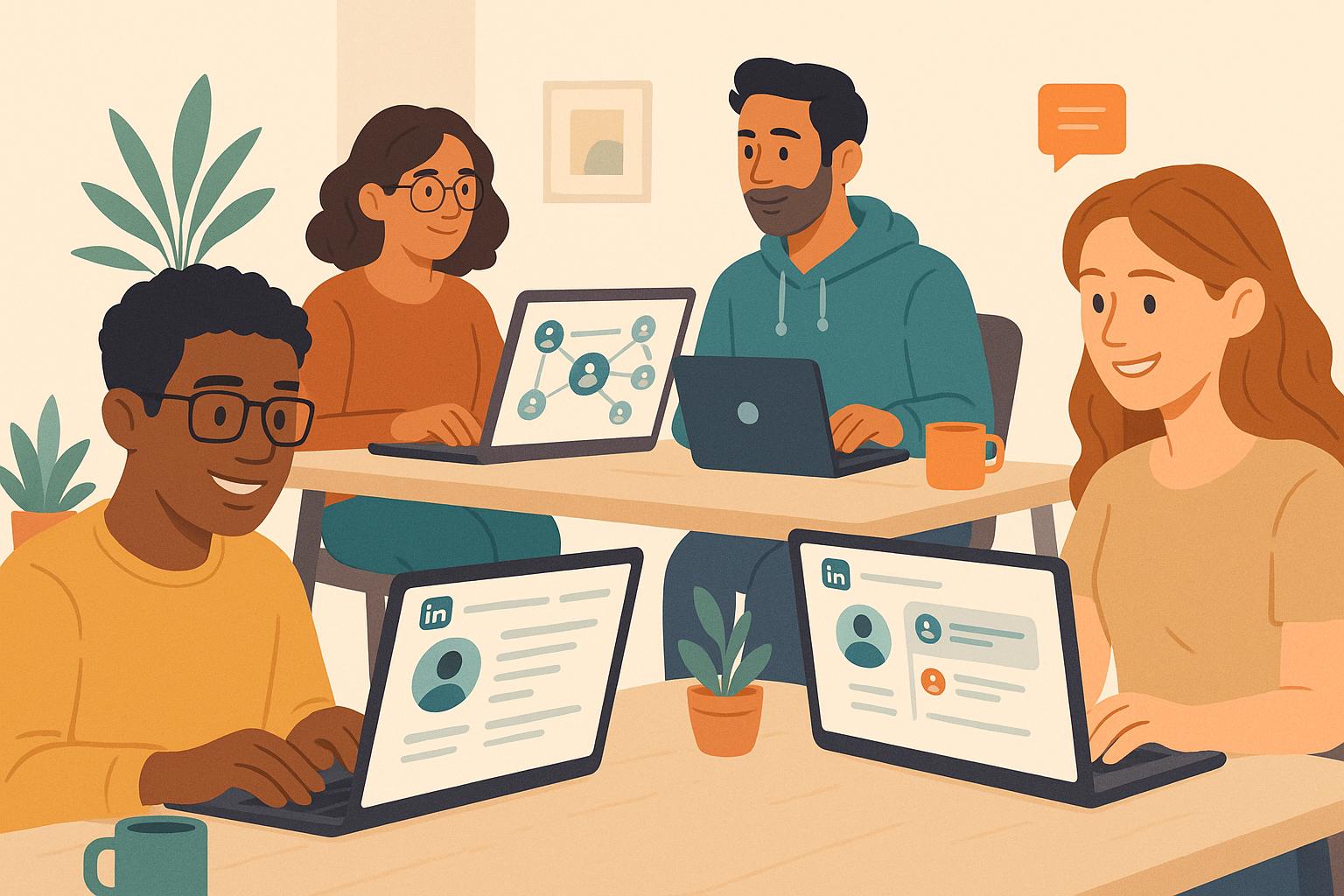
How to Network on LinkedIn for Remote Tech Jobs

How To Assess Startup Stability Before Joining
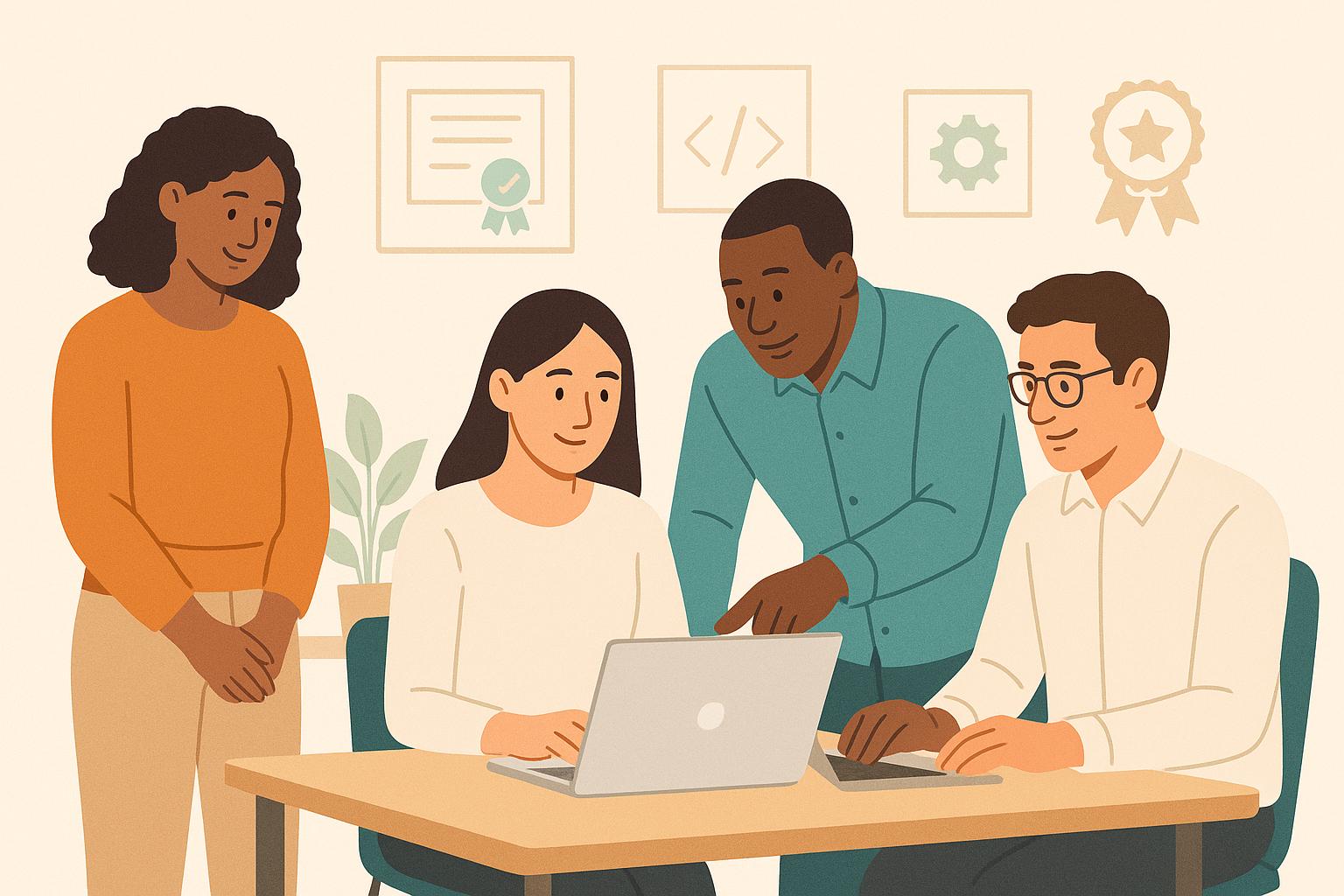


.png)


